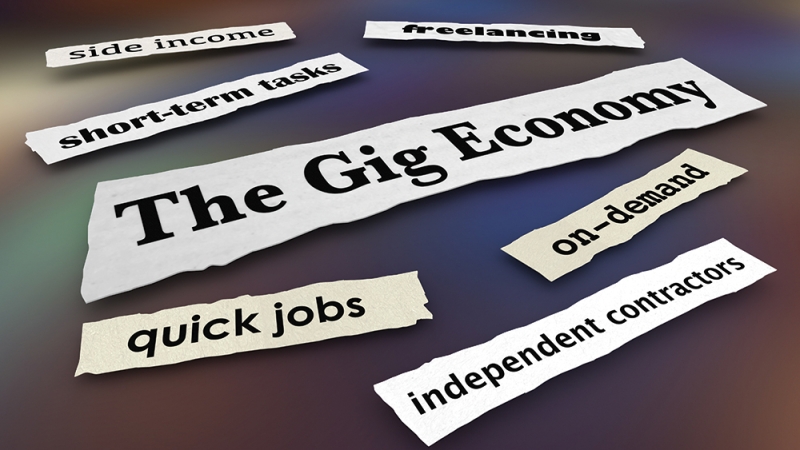So here are four things you need to do before quiet quitting:
Identify your motivations
First, understand why you’re feeling burnt out and think quiet quitting will help.
Some workers check out to avoid hustle culture. A study by UK marketing company Impero found that less than half (45%) of Gen Zers equate career and money to success. And a middle-school English teacher notes that more of his past students are now prioritizing travel or finding a job they enjoy after college. These trends show that younger generations are more likely to view work as simply a means to their desired life, and not a purpose-giving endeavor that should be allowed to detract from their time or mental health.
Other factors leading to burnout include heavy workloads, long hours, feeling underappreciated, finding no meaning in work, and dealing with challenging colleagues or bosses. In other cases, the person might not be a good fit for the role — for example a salesperson who doesn’t like interacting with people.
Alternatively, some workers may be tempted to follow coworkers who’ve already jumped on the quiet quitting trend. Whether resentful or admiring, for many workers it doesn’t make sense to do more work while others are doing the bare minimum.
As you brainstorm your reasons for quiet quitting, identify which factors are within your control. Did you work overtime because of bad time management or because your boss assigned you work right before a deadline? Are you confused about your role because you volunteer to help other departments or because other teams give you work? Record the details of your burnout experiences to both help you and your manager better understand the problems and identify solutions.
Set boundaries
Ideally, employees want to give 100% while at work, including doing as much high-quality work as they can. However, to make working like this sustainable, you need to become comfortable setting and sticking to boundaries with yourself, coworkers, and bosses. Here are three tips to help you avoid wanting to check out at work:
Avoid taking on work outside your role
By being assertive, avoid work not directly related to your job. For example, don’t volunteer for tasks just because you’ve done them in the past and others have come to expect you’ll do them. Only accept assignments that fall within the scope of your work, interest you, or provide a growth opportunity for you.
Reduce overtime with smarter time management
If working overtime has led to your burnout, improve your time management skills to work more efficiently, including avoiding distractions, streamlining processes, and using technology. Prioritize the tasks that are most urgent and important to your role, accepting that some to-do items won’t get done. If possible, increase how much work you delegate to others. But be wary that optimizing your time management skills can only save you so much time, especially if many aspects of your work system fall outside of your control. For example, if you rely on a coworker to provide the data for a report, how quickly they finish their work will determine how much time you have left before the deadline.
Stick to your work-life boundaries
Avoid answering emails or taking meetings after you leave work. Additionally, try not to worry about work during off-hours. Although not worrying is easier said than done, actively focusing your attention on hobbies or interests outside of work can help. If exhaustion is contributing to your burnout, ensure you get enough good sleep. Try to take the full number of vacation days you’re allowed, even if doing so makes you feel uneasy or is frowned upon at your company. Equally crucial to taking time off is commiting to not working during your vacation.













